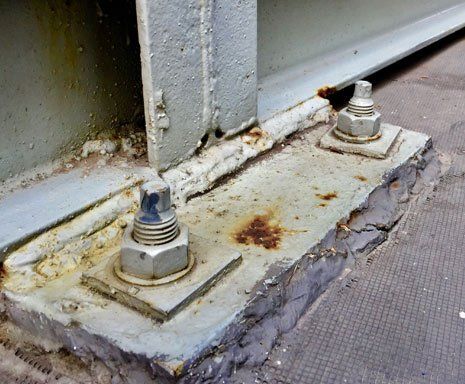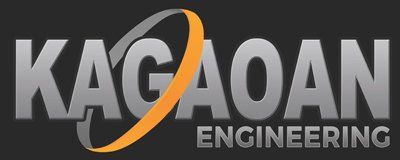Rock Bolts and Rock Anchor Consultants - NYC, Manhattan, The Boroughs, Nassau County, Suffolk County, Long Island, and New Jersey - Kagaoan Engineering

Rock Bolts and Rock Post-tension Anchors
Rock Bolts and Post-tension Rock Anchor Consulting
- Improves stability for various wall heights and depths
- Spreads ceiling loads across the surface minimizing the impact on one specific point
- Versatile option for dam building
- Upgrades existing structures to code
- Correct design flaws or hidden problems
- Can go in place during or after construction
- Stabilizes shaky ground and foundations
- Configurable for temporary or permanent applications
- Holds dams and connecting systems steady and keeps them from washing away
- Raise or lower existing structures
- Add stability after deterioration begins
- Friction - This method is one of the newest applications in the engineering field. To make friction hold the bolts and anchors in the rock requires a specific bolt diameter and length. The size of bolt puts pressure against the borehole walls keeping the anchor and bolt in place.
- Mechanical - This technique of rock bolting uses a wedge or conical shape shell to push against the borehole walls. The bolt screws into the cone and causes the shell to open up and push against the soil or cement. Anchor plates and tension cables and rods can further add strength and distribute the weight of the load across the entire anchor area and the rock face instead of solely on the bolt.
- Grouting - In grouting, crews place a thick, steel rod with threads into a borehole and put cement or polyester resin grout in place. The tension wires that go in place also get a grout application where they attach at or just below the surface. This form of grouting is a two-step process to add more stability to the anchors. It also prevents rusting by covering the metal parts eliminating the chance of water getting into the connection.
Contact Kagaoan Engineering for a Free Rock Bolt Rock Anchor Consultation
Selecting the right size, location, and securing method for rock bolts and anchors requires technical expertise and experience working with these systems. A long-standing knowledge of ground systems and in-depth engineering is necessary for meeting government or local regulations. Staying true to building code requirements and protecting workers during excavation, mining, or construction is paramount.
Our experience covers small and large projects. We work with enterprises, private owners, the government, and small businesses letting us offer you a versatile range of services. We adapt our teams to your project size, timeline, requirements, and budget helping you stay on track and meet company deadlines. To find out more about the way our post-tension anchors and rock bolt consultants can help your team, please contact us at 516-208-1533.
Please Contact Us today!

